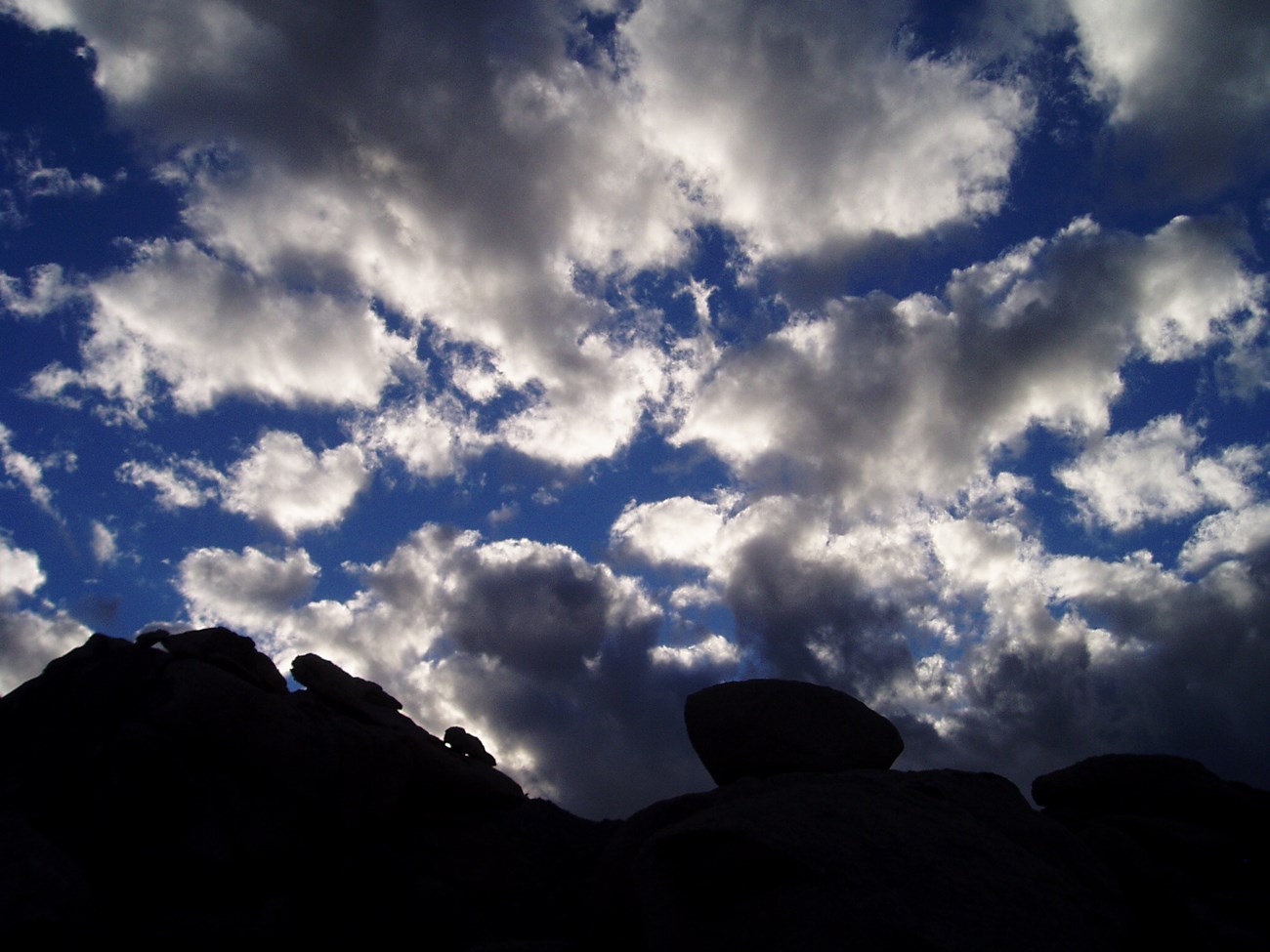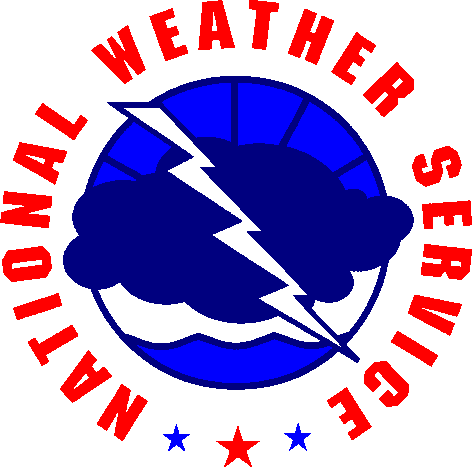|
Loading weather forecast... Loading weather forecast... Precipitation DataThe Western Regional Climate Center maintains historical weather data for two weather stations located in the park. To access historical RAWS data, click on the following links and use the left side navigation buttons to access monthly summaries. Mid Hills (elevation 5,413 ft)

NPS Mojave Desert experiences change with the seasons. In winter, freezing temperatures and strong winds can be expected, with rain and snow in the mountains. With enough moisture, spring wildflowers may carpet the desert floor with vivid colors. Summers are hot, and temperatures above 100 degrees Fahrenheit are typical. In summer, adventurers head for the higher elevations such as Mid-Hills and the New York Mountains. The cooler temperatures of fall mark hunting season. The weather is generally most comfortable in the spring and fall. Temperatures vary greatly by elevation. Temperatures over 100 degrees F. may begin as early as May. Many summer days are too hot for outdoor activities. In winter, the higher elevations typically receive some snow. All elevations experience large temperature fluxuations throughout the day - bring layers. Keep in mind that day length changes throughout the year. In the winter, the sun will set as early as 4:30 PM. Annual precipitation ranges from 3.5 inches at lower elevations to nearly 10 inches in the mountains. Most rain falls between November and April, with occasional snow accumulation in the mountains. Summer thunderstorms (called Monsoons) may bring sudden, heavy rainfall. The driest months are May and June. Winds are a prominent feature of Mojave Desert weather. Strong winds occur in fall, late winter, and early spring months.
| ||||||||||||||||||||||||||||||||||||||||||||||||||||||||||||||||||||||||||||||||
Last updated: March 14, 2023

